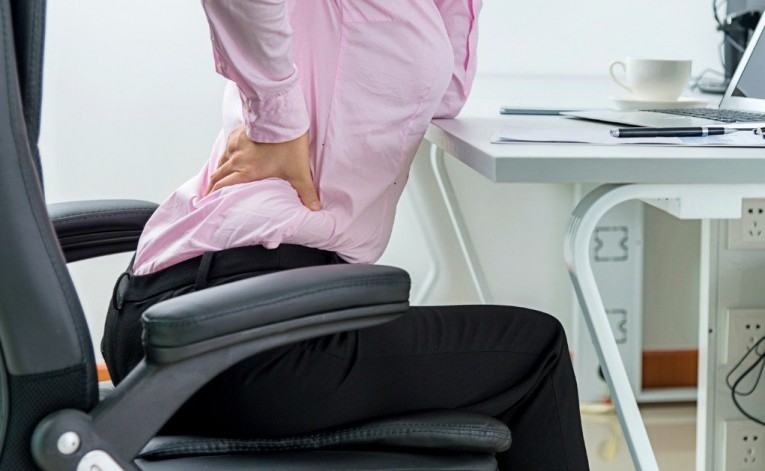It’s no secret that we spend more time sitting down today than we did a fair few decades ago. And an obvious contributing factor is our desk-based work culture.
Sitting down for long periods of our working day can be detrimental to our health. Aside from the potential muscoskeletal issues, like lower back and neck pain, spending too much time seated can also increase our risk of diabetes, certain cancers and heart disease.
This isn’t anything we didn’t know already. In the 1700s, the father of occupational medicine, Bernardino Ramazzini, first pointed out the adverse effects of too much sitting at work and recommended that people get up from their desk regularly to get the blood moving.
But with busy schedules and pressing deadlines, many of us fail to find time to even take a lunch break, which means many New Zealanders could very well spend their average eight-hour working day sitting on their bottoms.
So, what can we do to increase movement while we’re at work?
Standing desks: the low-down
The human body isn’t designed to sit down for long periods. And if you liken our spines to springs, sitting down causes this spring to constantly be loaded, which often results in our lower backs feeling sore and painful. What our bodies really need (and crave) is regular movement. And standing desks could be one way to increase activity while at work.
For an average adult, standing up burns more calories and encourages higher muscular activity compared to sitting. An increase in muscular contraction improves blood circulation and can help reduce any vascular health issues.
But it’s also important to mention the cons of prolonged standing.
When we’re standing up, our hearts need to work harder to pump blood to our brains because of gravity. And standing still for extended periods can lead to swelling or cramping in the legs, as well as sore feet and bad standing posture.
To stand or to sit? That is the question
Sitting all day at work is not ideal, but neither is standing. So, to avoid being stationary in the same position for extended periods of time, alternate between sitting and standing.
By alternating between the two, you’ll stimulate blood flow, increase muscular contractions and burn more calories.
How much of your working day you spend sitting or standing will vary, and there are no official recommendations as such. But a good starting point would be to stand for 40–60 minutes and then sit for 20 minutes.
However, the time spent either standing or sitting isn’t as important as moving. So, if you can walk between departments to talk to a colleague rather than sending an email, do it. If you can take the stairs instead of the lift, go for it. And if you can fit in a lunch time walk or an after-work exercise session, do – your body will thank you for it.
If you are suffering from any desk-related pain, like a sore neck or painful lower back, our team of osteopaths can help treat you. They can also offer advice on how to set up your home office so it’s ergonomically sound. Just give us a call to book an appointment or go to the "bookings" button on our website.
Back to blog


